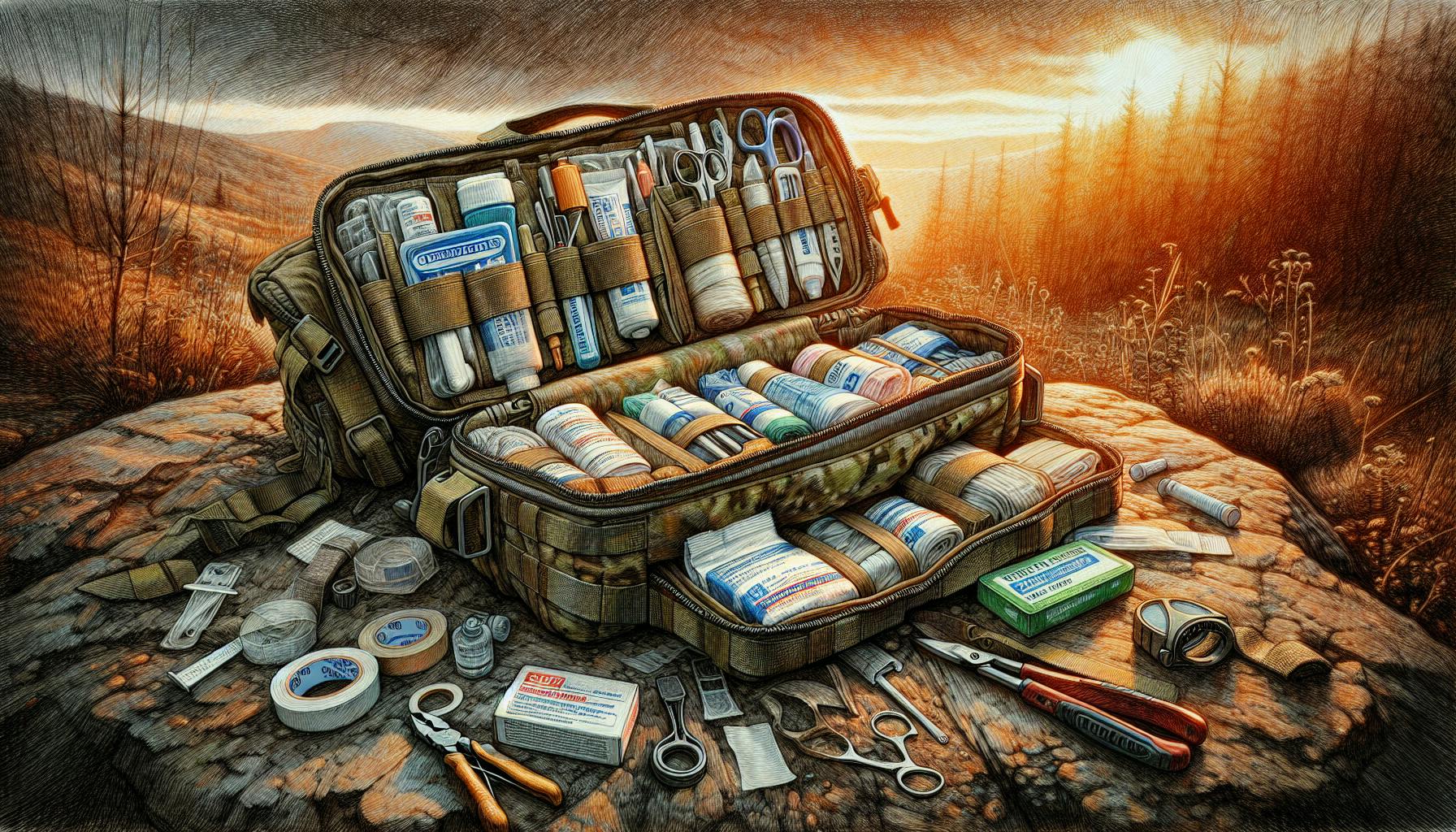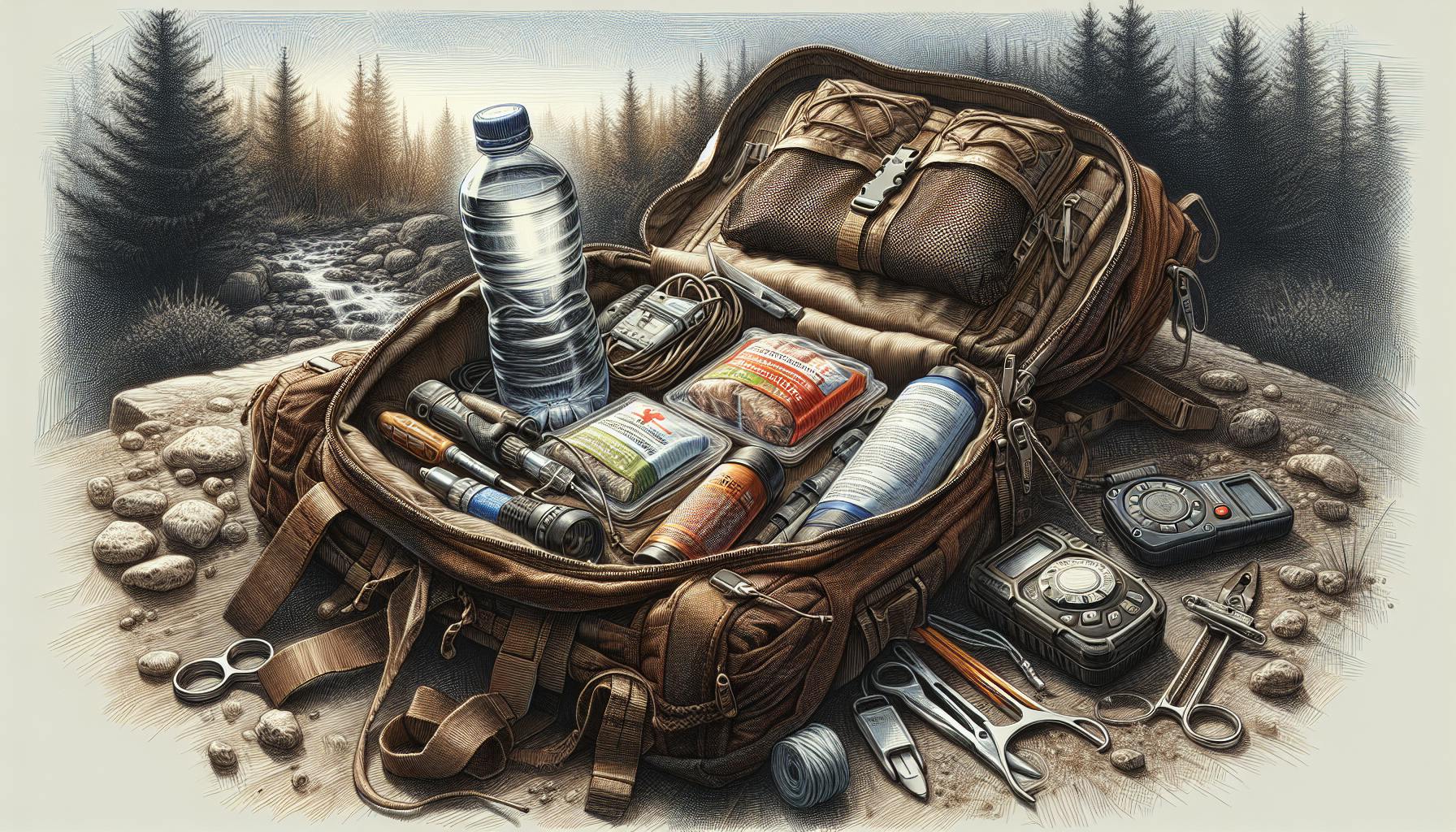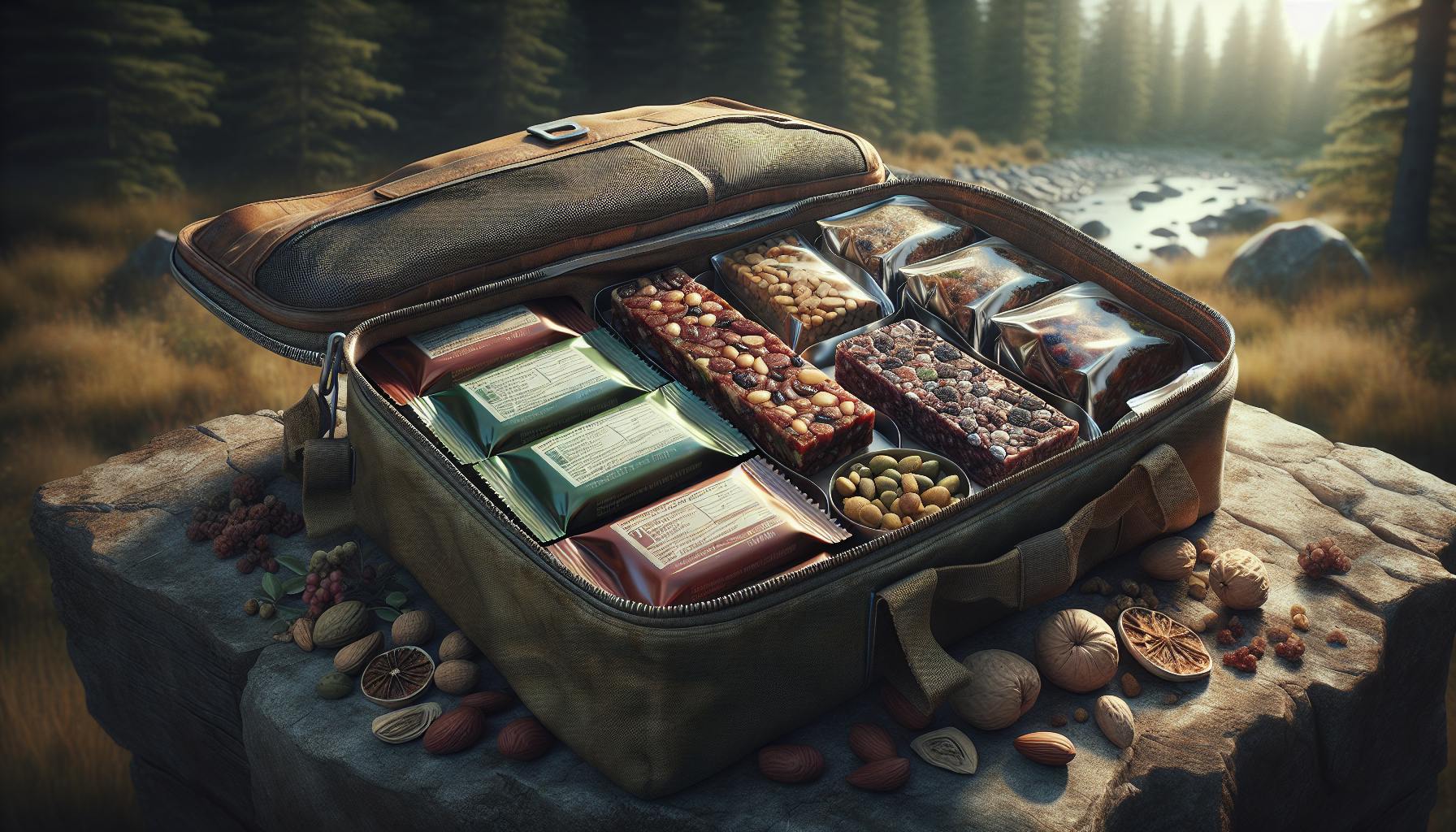Introduction to Stocking an Emergency Food Pantry
Having a well-stocked food prepper pantry is absolutely crucial for emergency preparedness and self-reliance. Maintaining at least a 2-week supply of non-perishable foods ensures you and your family will be fed in the event of any disaster or disruption to normal grocery access. Whether it's a natural disaster, long-term power outage, economic collapse, or civil unrest, having your own food reserves eliminates reliance on external factors. With climate change and global instability, being prepared is more important than ever.
A properly stocked food prepper pantry provides complete nutritional autonomy along with peace of mind. You'll have the comfort of knowing your basic food needs are covered if stores close down or supply chains fail. No more worrying about rushing to the supermarket when a storm hits. Proper planning and stocking up on shelf-stable essentials is your safety net for weathering any emergency.
When building your prepper pantry, take inventory of current supplies and fill in the gaps based on your household size and dietary preferences. Focus on nutrient dense non-perishables with a long shelf life. With the right storage methods, most items will stay fresh for 6 months to 2 years or longer. Rotate stock using the FIFO system and supplement with fresh foods when possible. Get into the mindset of self-reliance today and start filling your pantry with the must-have staples below.
Canned and Jarred Pantry Essentials
Having canned and jarred foods gives you quick access to proteins, fruits and vegetables without refrigeration. Focus on reputable brands like Progresso, Hunt's, and Jif to stock up on:
- Canned proteins: tuna, chicken, salmon, turkey
- Canned beans, tomatoes, vegetables, fruits
- Soups like Progresso Chunky and Campbell's
- Pasta sauce and marinara from Hunt's and Prego
- Nut butters like Jif peanut or almond butter
- Evaporated milk from Carnation or Peak
- Condensed milk from Borden's
Look for canned goods with at least a 1-2 year best-by date for maximum freshness. Prioritize nutritional value when selecting vegetables, fruits packed in juice, beans high in protein and fiber, and fish rich in healthy omega-3s.
Dried and Dehydrated Foods
Dried staples like beans, grains, and fruit are perfect for the prepper pantry with their extra long shelf life. Simply rehydrate by adding water.
- Dried beans and lentils from Camellia, Bob's Red Mill
- Rice, quinoa, oats from brands like Lundberg, Bob's Red Mill
- Dried fruits like Sun-Maid raisins, Craisins, Kirkland apricots
- Nuts and seeds from Planters, Kirkland, Blue Diamond
- Powdered milk from Nido, Hoosier Hill Farm
- Bouillon cubes and dried soup mixes
Baking and Cooking Essentials
Round out your prep with the basics for homemade meals like oils, spices, flours, and more.
- All-purpose flour, sugar, baking powder, baking soda
- Cooking oils like Kirkland olive oil and LouAna coconut oil
- Vinegars from Heinz, spices from McCormick
- Honey, maple syrup, light corn syrup
- Crackers, granola bars, cookies
- Yeast, baking chocolate, food coloring
Beverages
Stay energized and hydrated with shelf-stable beverages like bottled water, juice, coffee, and tea.
- Instant coffee, tea bags, hot cocoa
- Powdered drink mixes like Tang, Kool-Aid
- Canned coconut milk from Thai Kitchen
- Shelf-stable almond milk or oat milk
- Electrolyte powders like DripDrop, Liquid IV
Snacks and Comfort Foods
Satisfy cravings while boosting morale with salty and sweet treats. Having a few comforts goes a long way.
- Cereal from General Mills, Quaker, Kellogg's
- Chips, cheese crackers, pretzels, popcorn
- Chocolate bars like Hershey's, Snickers, Twix
- Canned fruit in juice from Del Monte, Dole
- Cookies, snack cakes, and candy
Calculating Amounts to Stockpile
Take into account calories, servings per can/package and household size when calculating amounts. The average active adult needs around 2,000 calories daily.
2-Week Pantry for a Family of 4
To feed a family of 4 for 2 weeks, stock up on:
- 18-30 cans each of vegetables, beans, fruits
- 12-18 cans canned chicken, tuna, salmon
- 4 lbs pasta, 6 lbs rice, 10 lbs flour
- 3 lbs sugar, 2 lbs each nuts, dried fruits
- Spices, oils, sauces, snacks as needed
For long-term emergencies of 1-2 months, simply scale up the 2-week plan appropriately. Having at least a 30 day supply is recommended for maximum preparedness. Prioritize nutrient dense foods and comfort items.
Maximizing Shelf Life With Proper Storage
To extend shelf life, store items in a cool, dry place around 55°F. The ideal is a dark interior room, basement or pantry away from exterior walls, windows and direct sunlight which can shorten shelf life.
Keeping foods in airtight containers with oxygen absorbers also maintains freshness by blocking moisture and air. Use Mylar bags, food-grade plastic buckets or Mason jars for storage.
Practice FIFO (First In, First Out) rotation and check dates regularly. Perishables like nuts and baked goods can be frozen in a deep freezer to prolong freshness for up to 2 years. With proper conditions, most pantry foods last 6 months to 2 years past their best-by date.
Pantry Organization Tips
- Categorize like items together on shelves
- Label containers and shelves for easy ID
- Keep an updated inventory list
- Place new items toward the back
- Donate items before they expire
Food Safety Considerations
- Discard swollen, leaky, or rusted cans
- Watch for changes in smell, texture, flavor
- Don't use food past expiration date
- Look for signs of insects or rodents
- Sanitize shelves and containers regularly
Meal Planning and Preparation
You can make tasty, nutritious meals with just pantry ingredients using a little creativity. Combine canned proteins, vegetables, beans, and starches for balanced nutrition. Supplement with fresh foods when possible. Try these recipes:
Tuna Pasta Casserole
Ingredients:
- 1 can tuna, drained
- 1 can cream of mushroom soup
- 1 cup milk
- 2 cups uncooked pasta
- 1 cup frozen peas
Directions:
- Preheat oven to 350°F.
- Cook the pasta according to package directions. Drain.
- In a casserole dish, mix tuna, soup, milk, pasta and peas.
- Bake for 20 minutes until hot and bubbling.
Bean and Lentil Chili
Ingredients:
- 1 jar pasta sauce
- 1 can kidney beans, drained and rinsed
- 1/2 cup dried lentils, cooked
- 1 can diced tomatoes
- 1 packet chili seasoning
Directions:
- In a pot, stir together pasta sauce, beans, lentils, tomatoes and 3 cups water.
- Add chili seasoning. Simmer 20 minutes, stirring occasionally until thickened.
Key Takeaways for Stocking Your Food Prepper Pantry
Having a well-stocked food prepper pantry is crucial for self-reliance and emergency preparedness. Maintaining at least a 2-week supply ensures your household will stay fed and nourished if disasters strike. Prioritize nutrient-dense shelf-stable items with a long shelf life. Store foods properly in a cool, dry place and practice FIFO rotation. Make sure to include canned goods, grains, beans, baking staples, drinks and snacks. With the right supplies, you'll gain peace of mind knowing you can sustain yourself nutritionally despite any crisis or disruption.


